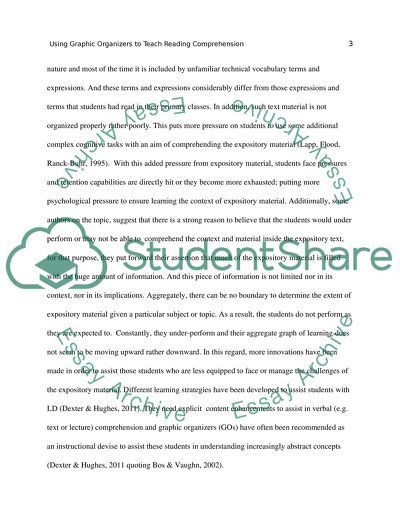Cite this document
(“Using Graphic Organizers to Teach Reading Comprehension Essay”, n.d.)
Retrieved from https://studentshare.org/education/1428088-using-graphic-organizers-to-teach-reading-comprehension
Retrieved from https://studentshare.org/education/1428088-using-graphic-organizers-to-teach-reading-comprehension
(Using Graphic Organizers to Teach Reading Comprehension Essay)
https://studentshare.org/education/1428088-using-graphic-organizers-to-teach-reading-comprehension.
https://studentshare.org/education/1428088-using-graphic-organizers-to-teach-reading-comprehension.
“Using Graphic Organizers to Teach Reading Comprehension Essay”, n.d. https://studentshare.org/education/1428088-using-graphic-organizers-to-teach-reading-comprehension.


